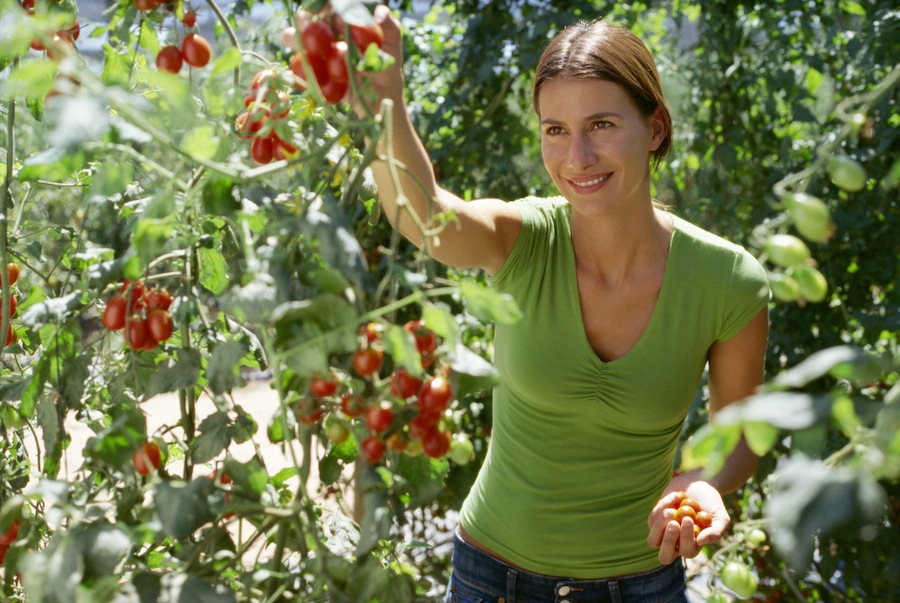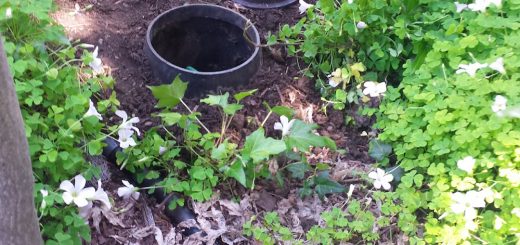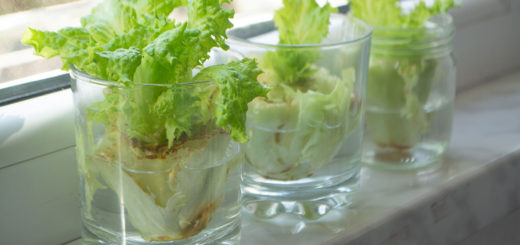Central Coast’s Year-Round Gardening Paradise
The Central Coast region offers gardeners a unique opportunity to cultivate thriving gardens year-round due to our cool summers and mild winters.
Embrace Year-Round Growing
Unlike many parts of the country, the Central Coast’s Mediterranean climate allows for a continuous growing season. Fall, in particular, is a magical time for gardeners—considered our second spring. As summer-flowering plants and vegetables fade, cooler temperatures offer perfect conditions for planting winter vegetables and spring-blooming bulbs.
 In the fall, plant spring-blooming bulbs: Plant daffodils, tulips, and irises in fall for a colorful spring display. These hardy bulbs will establish strong roots over winter.Sow cool-season vegetables: Take advantage of the mild climate by planting broccoli, kale, lettuce and other greens, and root vegetables for a bountiful winter harvest.
In the fall, plant spring-blooming bulbs: Plant daffodils, tulips, and irises in fall for a colorful spring display. These hardy bulbs will establish strong roots over winter.Sow cool-season vegetables: Take advantage of the mild climate by planting broccoli, kale, lettuce and other greens, and root vegetables for a bountiful winter harvest.
Support Pollinators with Native Plants
Incorporating California native plants into your fall garden not only creates a beautiful, water-wise landscape, but also supports local ecosystems and native pollinators. Fall is the ideal time to plant natives, but providing the plants time to establish a good root system while the soil is warm and take advantage winter rain. Find the right California native plants for your garden by visiting Calscape.org. Some popular California natives to your garden include:
- California Fuchsia (Epilobium canum): This drought-tolerant perennial produces striking red flowers that attract hummingbirds.
- Coyote Mint (Monardella villosa): A fragrant, pollinator-friendly plant with purple flowers that bloom into fall.
- Coast Buckwheat (Eriogonum latifolium): Featuring clusters of pink or white flowers, this plant provides food for butterflies and birds.
- California Aster (Symphyotrichum chilense): This late-blooming perennial offers lovely purple flowers that brighten autumn gardens.
- Salvias (sages): There are a variety of California salvias which thrive in our region which attract native pollinators, provide seeds for birds, and are drought-tolerant.
Give Your Planting Beds a Rest
While the Central Coast’s climate allows for year-round gardening, occasionally leaving a bed fallow benefits your garden’s long-term health.
A fallow period gives the soil a chance to rest, potentially breaking pest and disease cycles which can develop with continuous cultivation. This practice can improve soil structure, increase beneficial microorganism activity, and naturally restore nutrients. If you’re battling persistent weeds, a fallow period can help reduce the weed seed bank in the soil.
Additionally, resting a planting area — particularly after harvesting vegetables considered “heavy feeders” — provides an opportunity to deeply enrich your soil without competing with actively growing crops.
By investing in a fallow period during fall and winter, your soil will have better tilth, moisture retention, setting your spring garden up for a bountiful spring.
And You’ll Have More Time to Plan for Next Year’s Growing Season!
As you embrace the unique growing conditions of the Central Coast, incorporate native plants and sustainable practices, you’ll create beautiful, thriving landscapes that flourish throughout the year.
About UC Master Gardeners of Monterey and Santa Cruz Counties
UC Master Gardeners of Monterey and Santa Cruz Counties is an all-volunteer organization serving Monterey, San Benito and Santa Cruz Counties. Our mission is to empower people with knowledge and skills to grow food and garden sustainably, protecting California’s natural resources.
UC Master Gardener programs include a gardening advice line, a demonstration garden, events, low-cost classes and special projects. UC Master Gardeners of Monterey and Santa Cruz Counties is a program of the UC Agriculture and Natural Resources.
•••
If you have any questions, Master Gardeners are available to answer! Visit mbmg.ucanr.edu for a list of free or low-cost workshops and classes or to submit a question online for our garden advice team.







